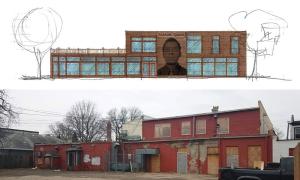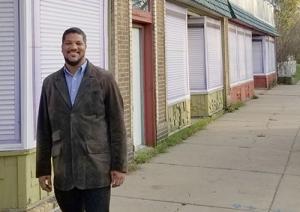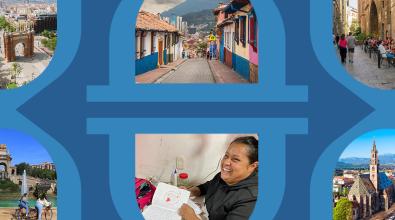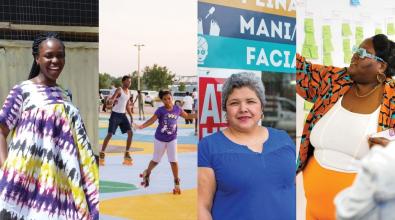How Minneapolis used vacant buildings to boost business equity

If all works out as planned, two long-vacant buildings in the north Minneapolis neighborhood of Webber-Camden will be buzzing anew next spring. And while few of the patrons of the new development — expected to include a restaurant, retail and office space, and community center — will realize it, the activity will be the result of the city’s effort to boost equity in business development.
The Jazz Age buildings — formerly a commercial hub — sat vacant for nearly a decade before Casey Dzieweczynski, then a project coordinator with the city’s Community Planning and Economic Development Department (CPED), joined the Webber-Camden Neighborhood Organization, and city council member Barbara Johnson in advocating that the city purchase the property. They realized the potential of the project to support both diversifying the pool of real estate developers.
The project also dovetailed with the work of the city’s i-team, which, in partnership with the CPED, is uncovering multiple ways for Minneapolis to better support and increase minority and immigrant business ownership and success. That includes work to identify opportunities to create and maintain commercial affordability throughout the city.
“North Minneapolis has a large African-American population and very diverse neighborhoods,” said Angela Butel, a then-member of the i-team. Making the most of this project in north Minneapolis needed to be about more than working with the usual suspects, she added. It also had to include finding new ways to engage the community — from start to finish.
In the traditional redevelopment process, the city’s requests for proposals (RFPs) tended to be filled by large firms with decades of proven successes. And, for a redevelopment project on this scale — the building needs a major overhaul, including a new roof, lead and asbestos abatement, new plumbing and electrical systems, and an HVAC overhaul — more experienced developers would typically be the only viable bidders.
Joining their colleagues from city government, the i-team reached out to a whole new group of potential developers — sending the RFP to north Minneapolis business groups, neighborhood organizations, and even a local property listing service. “We were very strategic about the RFP,” Dzieweczynski said. “We set time to walk developers through the process. We wanted a level playing field for developers whether experienced or up-and-coming.”
From there, the city built grassroots buy-in for the project, finding out what citizens wanted — and really needed — from the development and then ensured their wishes both informed the process and helped select the winning proposal.
And, it’s working. Not only were five of the seven redevelopment proposals from minority- and women-owned firms, the winning proposal came from Jamil Ford Sr., an African-American man who grew up, and still lives, in north Minneapolis. The development will be called Baldwin Square, in honor of acclaimed poet and playwright James Baldwin.
“This development will be a spearhead for urban renewal with minority participation through jobs, economic development, public art, community festivals, community policy, and dialogue,” Ford said. Perhaps, more importantly, residents expressed that they felt the city was listening to their concerns, altering the way they perceived government officials and their interactions with the municipality.
Based on the success of this effort, the i-team is searching for other opportunities to strengthen how the city awards development rights for land owned by the city on a wider scale, integrating robust community engagement and support for up-and-coming entrepreneurs.



